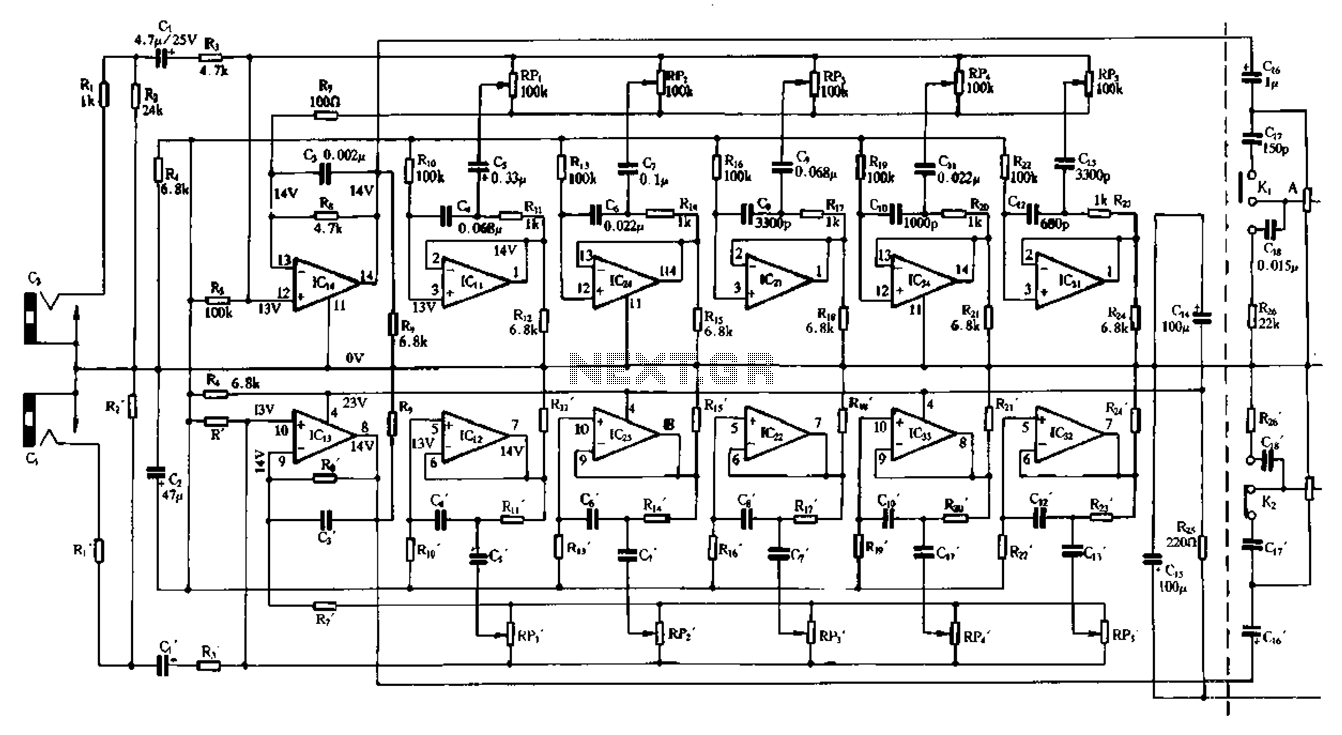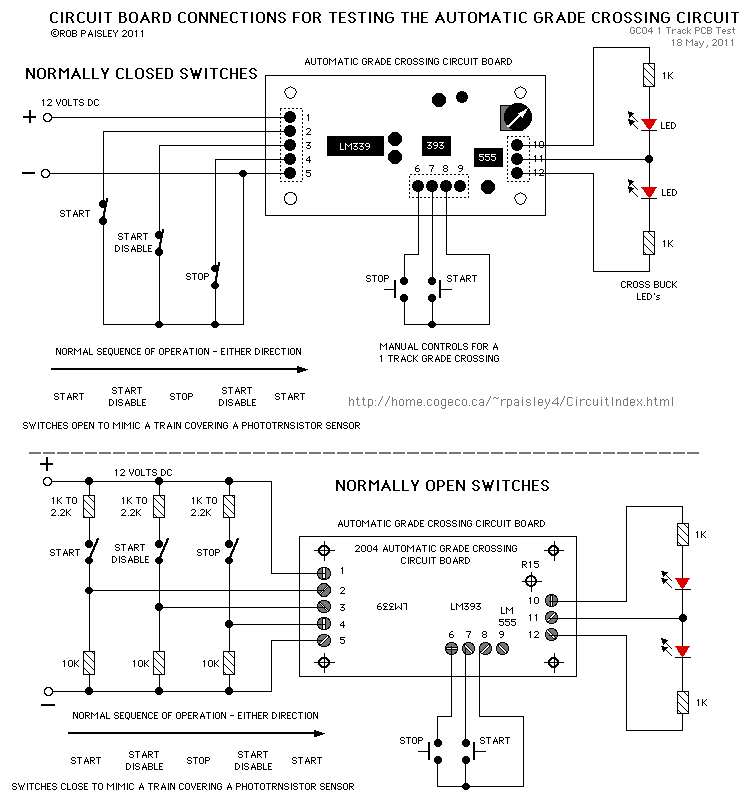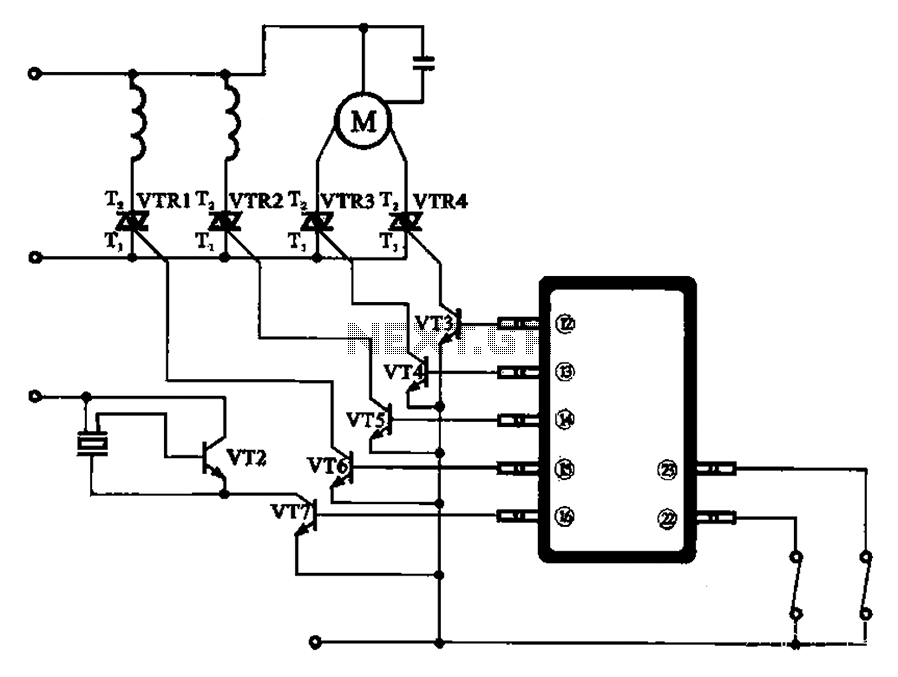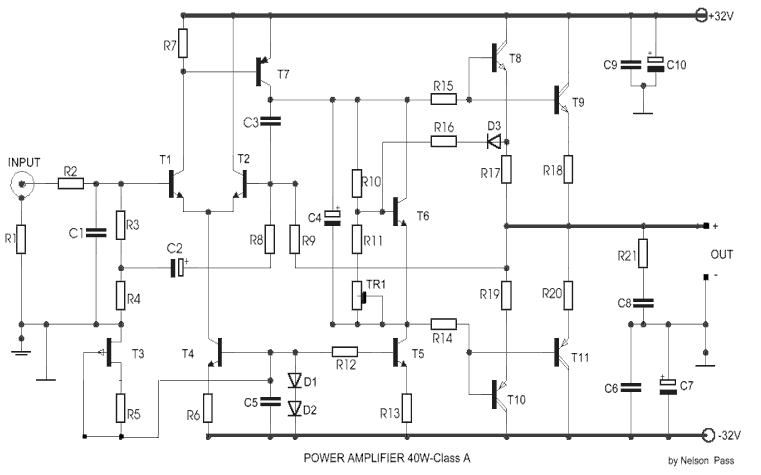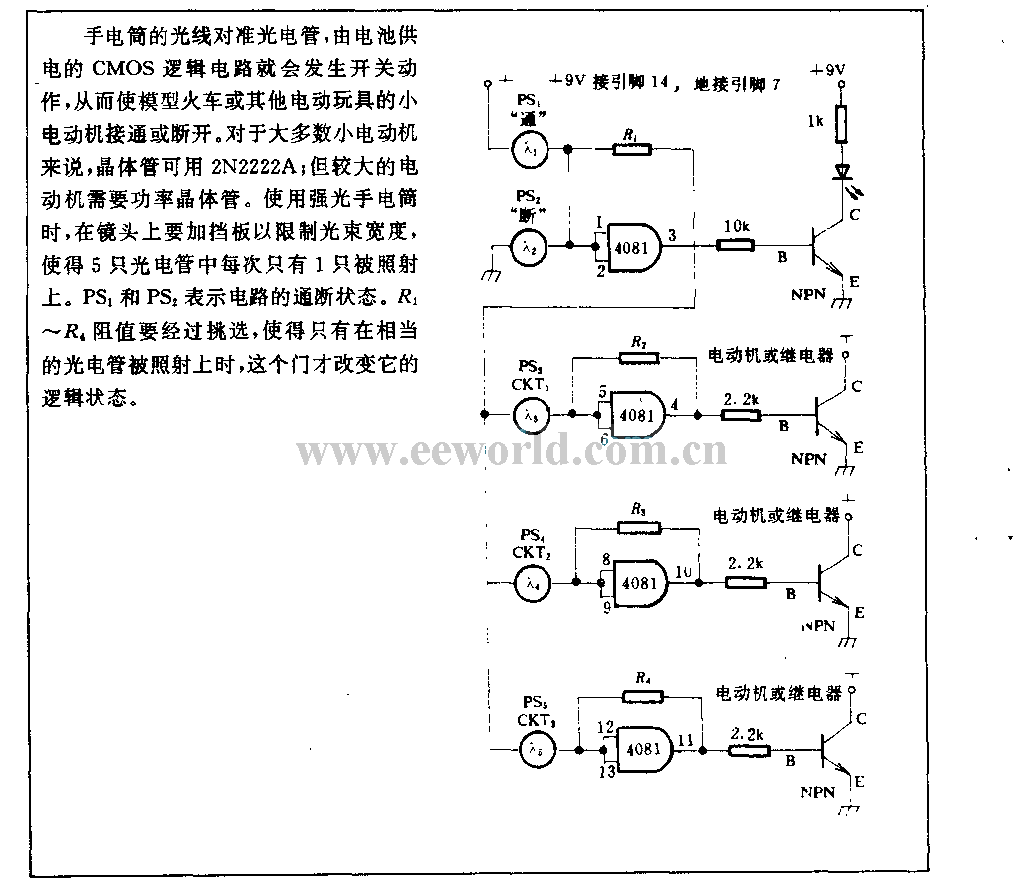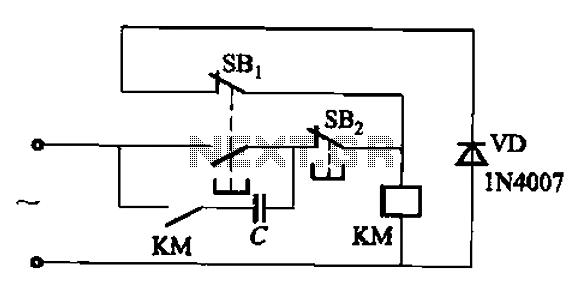
Cuckoo Sound Generator Circuit Schematic
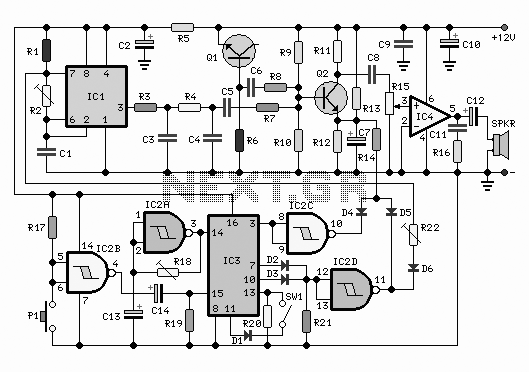
Cuckoo Sound Generator Circuit Schematic. This circuit generates a two-tone effect similar to the cuckoo song. It can be utilized for doorbells or other applications due to a built-in audio amplifier and loudspeaker.
The Cuckoo Sound Generator Circuit is designed to produce a distinctive two-tone sound reminiscent of a cuckoo's call. This circuit is particularly suitable for applications such as doorbells, where an engaging audio signal can enhance user experience. The key components of this circuit include an oscillator, an audio amplifier, and a loudspeaker.
The oscillator is responsible for generating the two distinct tones that characterize the cuckoo sound. Typically, this can be achieved using a 555 timer IC configured in astable mode, which produces a square wave output. By adjusting the resistor and capacitor values in the circuit, the frequency of oscillation can be fine-tuned to create the desired tone variations.
The audio amplifier is integrated into the circuit to boost the output signal from the oscillator, ensuring that the sound produced is loud enough to be heard clearly. A common choice for the amplifier stage is a small audio amplifier IC, such as the LM386, which provides sufficient power to drive a small loudspeaker effectively.
The loudspeaker is the final component in the circuit, converting the amplified electrical signals into audible sound. The selection of the loudspeaker should be based on the required volume and sound quality for the intended application.
Overall, this circuit combines simplicity and functionality, making it an ideal choice for generating entertaining sound effects in various electronic projects. Properly assembling the components according to the schematic will yield a reliable cuckoo sound generator suitable for a range of uses.Cuckoo Sound Generator Circuit Schematic Circuit This circuit generates a two-tone effect very much alike the cuckoo song. It can be used for door-bells or other purposes thanks to a built-in audio amplifier and loudspeaker.
Use.. 🔗 External reference
The Cuckoo Sound Generator Circuit is designed to produce a distinctive two-tone sound reminiscent of a cuckoo's call. This circuit is particularly suitable for applications such as doorbells, where an engaging audio signal can enhance user experience. The key components of this circuit include an oscillator, an audio amplifier, and a loudspeaker.
The oscillator is responsible for generating the two distinct tones that characterize the cuckoo sound. Typically, this can be achieved using a 555 timer IC configured in astable mode, which produces a square wave output. By adjusting the resistor and capacitor values in the circuit, the frequency of oscillation can be fine-tuned to create the desired tone variations.
The audio amplifier is integrated into the circuit to boost the output signal from the oscillator, ensuring that the sound produced is loud enough to be heard clearly. A common choice for the amplifier stage is a small audio amplifier IC, such as the LM386, which provides sufficient power to drive a small loudspeaker effectively.
The loudspeaker is the final component in the circuit, converting the amplified electrical signals into audible sound. The selection of the loudspeaker should be based on the required volume and sound quality for the intended application.
Overall, this circuit combines simplicity and functionality, making it an ideal choice for generating entertaining sound effects in various electronic projects. Properly assembling the components according to the schematic will yield a reliable cuckoo sound generator suitable for a range of uses.Cuckoo Sound Generator Circuit Schematic Circuit This circuit generates a two-tone effect very much alike the cuckoo song. It can be used for door-bells or other purposes thanks to a built-in audio amplifier and loudspeaker.
Use.. 🔗 External reference
